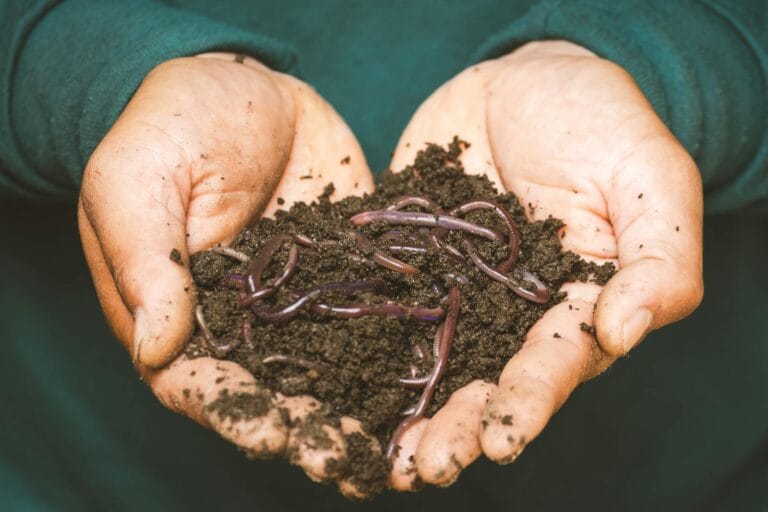
A Complete Guide to Efficient Fertilization for Optimal Harvests

- Uncovering the Importance of Fertilizer
- Sources and Composition of Fertilizers
- Types of Fertilizers
- How Fertilizers Work
- Fertilizer Application Methods
- The 4Rs of Fertilizer Use
- Environmental Impacts and Mitigation
- Storage and Handling of Fertilizers
In modern agriculture, fertilizers play a pivotal role in ensuring plant productivity and securing global food supplies. As the world population is projected to reach 9.1 billion by 2050, global food production must increase by approximately 60% compared to 2005–2007 levels. With limited available land and increasing environmental constraints, sustainable agricultural intensification has become imperative.
Among the key strategies is the efficient and responsible use of fertilizers. This article explores the fundamental concepts of fertilizers, their types, functions, methods of application, and environmental considerations in agricultural systems.
Uncovering the Importance of Fertilizer
Fertilizers are substances applied to soil or plants to supply essential nutrients required for plant growth and development. These nutrients include macronutrients such as nitrogen (N), phosphorus (P), and potassium (K), as well as secondary and micronutrients. Without adequate fertilization, plant growth stagnates, yields decline, and crop quality deteriorates.
It is estimated that mineral fertilizers contribute to nearly 50% of global food production. Thus, fertilizer use is not merely about increasing plant size but is fundamental to efficient resource use, farmer livelihood, and sustainable food systems.
Sources and Composition of Fertilizers
Fertilizers originate from natural raw materials such as air, natural gas, and mined ores. Nitrogen fertilizers are produced by combining nitrogen from air and hydrogen from natural gas via the Haber-Bosch process to form ammonia. This ammonia is then converted into urea and ammonium nitrate.
Phosphorus fertilizers are derived from phosphate rock, which is processed into phosphoric acid. Potassium fertilizers typically come from potash ores, especially potassium chloride (muriate of potash). Fertilizer grades are commonly expressed as a series of three numbers (e.g., 15-15-15), representing the percentage by weight of N-P₂O₅-K₂O respectively.
Types of Fertilizers
1. Inorganic (Mineral) Fertilizers
These include urea, triple superphosphate (TSP), diammonium phosphate (DAP), and potassium chloride. They are readily available to plants and widely used in intensive farming.
2. Organic Fertilizers
Derived from plant and animal waste materials, such as compost and manure. While they have lower nutrient concentrations, they improve soil structure and microbial activity.
3. Compound Fertilizers
Fertilizers that contain two or more primary nutrients in one product, usually nitrogen (N), phosphorus (P), and potassium (K).
4. Slow-Release Fertilizers
Fertilizers that release nutrients gradually and slowly over a period of time, making the nutrients available to plants for a longer period of time.
Read more:
Types of fertilizer
How Fertilizers Work
Plants absorb nutrients from soil solutions through their root systems. During harvest, absorbed nutrients are removed from the soil. Without replenishment, soil fertility declines over time. Fertilizers help restore these nutrients to maintain soil productivity.
Nitrogen supports leaf and chlorophyll formation, phosphorus stimulates root and flower development, and potassium enhances disease resistance and fruit quality. Secondary nutrients like calcium and magnesium, along with micronutrients such as boron and zinc, are also vital despite being needed in smaller amounts.
Fertilizer Application Methods
The effectiveness of fertilizers largely depends on how they are applied. Three common methods include:
- Broadcasting – Fertilizers are evenly spread across the field. This is common in rice cultivation.
- Placement – Fertilizers are placed near plant roots either in spots or bands. This method increases efficiency and is ideal for horticultural crops.
- Foliar Application – Nutrients are sprayed directly onto leaves in liquid form, mainly used for micronutrients.
Modern technologies such as GPS mapping and smart sensors now allow for precision fertilization, optimizing nutrient use and minimizing losses.
The 4Rs of Fertilizer Use
To ensure efficient and environmentally responsible fertilization, the 4R Nutrient Stewardship principles are recommended:
- Right Source: Match fertilizer type to crop needs.
- Right Rate: Apply the appropriate amount.
- Right Time: Apply nutrients when crops need them most.
- Right Place: Place fertilizers where roots can absorb them efficiently.
Environmental Impacts and Mitigation
Despite their benefits, improper fertilizer use can negatively impact the environment. Major concerns include:
- Nitrogen loss to the atmosphere as nitrous oxide, a potent greenhouse gas.
- Water contamination from nitrate and phosphate leaching, leading to eutrophication.
- Soil acidification from certain nitrogen fertilizers.
Mitigation strategies include proper fertilizer placement, use of inhibitors, precision dosing based on soil testing, and integrating organic sources.
Storage and Handling of Fertilizers
Fertilizers should be stored in dry, well-ventilated areas away from water sources and incompatible materials. They should be kept off the ground, preferably on pallets, and protected from excessive moisture. Proper handling reduces risks of nutrient loss, chemical reactions, and health hazards.
Knowing the types of fertilizers and how to apply them alone is not enough to guarantee optimal agricultural yields. Fertilizers containing toxic compounds can damage the soil, inhibit growth, and pollute the environment. Conversely, ineffective fertilizers only increase costs without producing the desired results.
Therefore, fertilizer toxicity, effectiveness, and quality testing are necessary in a trusted and competent laboratory. This testing ensures that fertilizer quality meets standards, is safe for use, and provides maximum benefits to plants.
Author: Fachry
Editor: Sabilla Reza
References:
Gowariker, V., Krishnamurthy, V. N., Gowariker, S., Dhanorkar, M., & Paranjape, K. (2009). The fertilizer encyclopedia. John Wiley & Sons.
Homenauth, O. (2013). Fertilizer Manual: Concepts, Application, Storage and Handling. National Agricultural Research & Extension Institute.



